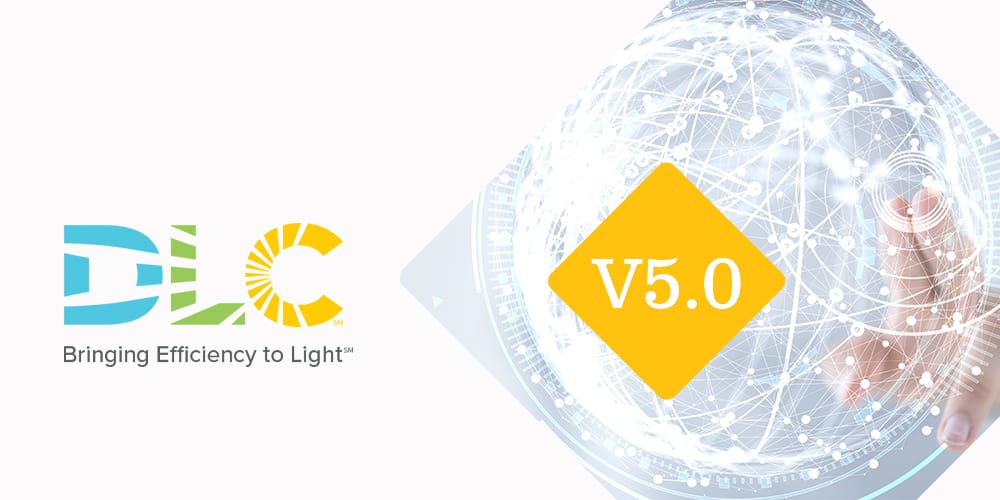This website uses cookies so that we can provide you with the best user experience possible. Cookie information is stored in your browser and performs functions such as recognising you when you return to our website and helping our team to understand which sections of the website you find most interesting and useful.

Next week will mark another milestone for the DLC and our partners, as we launch a first draft of the new version of our Solid State Lighting Technical Requirements (V5.0). While this draft won’t contain the full technical requirements that will appear in the final policy, it will outline what we see as practical and necessary next steps in the evolution of energy efficient, high performance, and user-friendly lighting. We are excited to share the draft with you on January 29, and eager for your input.
V5.0 will continue a decade-long push to maximize efficacy and drive adoption in commercial lighting, but will also veer in an important new direction, putting significant emphasis on quality of light to support the persistence of savings and user experience from DLC qualified products.
The DLC defines “quality of light” as the aspects of light produced by a product that impact productivity, performance, comfort, mood, safety, health, wellbeing, and more. Characteristics of quality of light include color rendering and appearance, glare, flicker, and optical distribution. Quality of light can include considerations for alertness or sleep, and circadian wellbeing. Metrics for quality of light are not absolute: what’s high quality light for one application or to one user may be different for another application or user.
The DLC has boosted efficiency standards three times since publication of its initial QPL in 2009 – increasing required efficiency by 20 to 30 percent (depending on product type) in 2013, introducing a “premium” designation worthy of higher utility incentives in 2015, and upping the efficiency ante again by 30 to 40 percent in 2016. With V5.0, the DLC is putting greater focus on lighting that fosters comfort, circadian wellbeing, and health, as well as added control functionality that enables both quality of light and energy savings. As such, in determining a product’s eligibility for the QPL, consideration will be given to attributes such as color and spectral quality, glare, flicker, and controllability, providing a better understanding of a product’s quality of light and making it easier to identify and select products with superior performance.
We believe the draft we will unveil next week puts the industry on a road to balancing ever-increasing energy efficiency with assurance that the lighting in our offices, hospitals, schools and other C&I spaces benefits people as well as the electric grid.
Watch the DLC website next week for announcement of the draft, as well as information about a comment period that will run through March 12. In early April, we hope you’ll join us at the 2019 DLC Stakeholder Meeting in St. Louis, MO, where we look forward to illuminating and productive discussions to further inform development of the final V5.0 draft later this year.
© 2023 DesignLights Consortium. The DesignLights Consortium is a project of Efficiency Forward, Inc., a non-profit 501(c)3 organization. Privacy Policy Terms of Use
